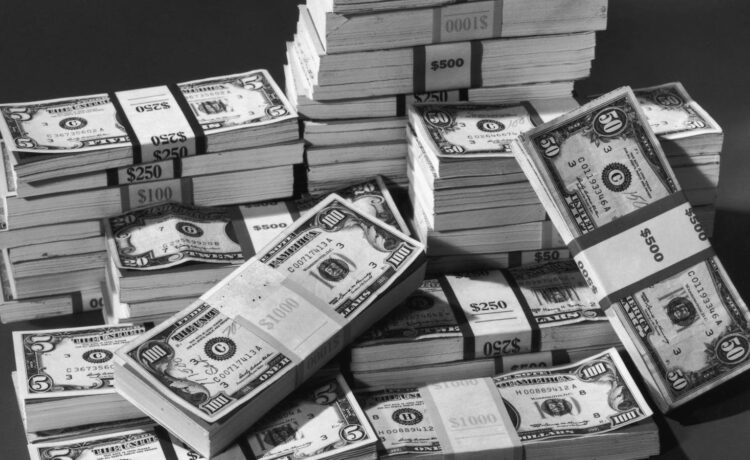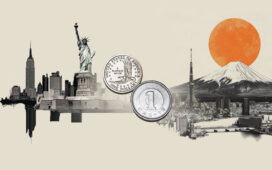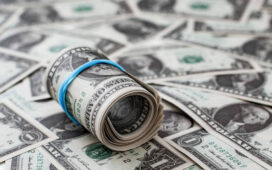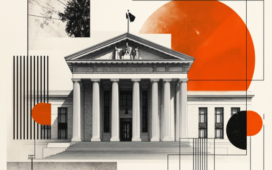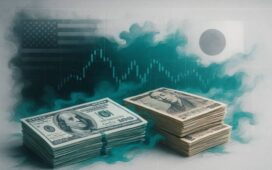(Photo by Lambert/Getty Images)
Getty Images
A mighty dollar is crucial to America’s remaining a powerful world leader.
National security experts ignore how a strong currency is critical to a country’s global strength. They understandably focus on armaments, military research and development, intelligence gathering and the quality and quantity of a nation’s armed forces. Today, they’re grappling with the impact of AI, the extraordinary proliferation and rapid improvements of battlefield drones in the Ukraine War and the ominous implications of space warfare to the safety of our we-can’t-live-without-them satellites.
However, a currency that’s reliably stable in value—and is trusted to stay that way—can enable a country, if it so chooses, to exercise a seemingly outsize influence in the world economically and militarily. Strong, stable currencies are essential for economic growth. They lead to the development of domestic capital markets and financial institutions that can both fuel internal expansion and facilitate the creation of international supply chains. The trustworthy dollar was key in making the U.S. the financial center of the world.
Centuries ago, the northern provinces of the Habsburg Netherlands—which became the Dutch Republic—not only fought off their Spanish overlords, who were, on paper, far richer and stronger but also, thanks to its trusted currency, became a capital powerhouse and created a globe-girdling empire. The world’s first stock exchange opened in Amsterdam in 1602.
When a Dutch prince, William of Orange, became the king of England in 1689, his new realm was, at best, a middling power. But William brought a Dutch sense of finance with him, and this attitude helped lead to the creation of the Bank of England, which undergirded the British pound and wouldn’t change value in terms of gold for well over two centuries. Britain developed an increasingly sophisticated financial system. Even though this smallish island was a fraction of the size of France, its capital markets enabled it to successfully finance its global contest with France, whose crude financial system was a severe handicap in financing those wars.
Great powers don’t have feeble currencies.
A particularly misbegotten idea seriously hobbled France’s economy in those times: the belief that economic strength came from a strong government micromanaging the economy and maintaining trade surpluses. The more gold and silver a country could get its hands on and hoard, the more powerful it was, went their thinking. This statist approach was called mercantilism.
Adam Smith’s The Wealth of Nations demolished this constipated notion. Trade, internal and external, was not a zero-sum activity. Both buyer and seller gained from a transaction, Smith correctly pointed out. Trade enhances the creation of wealth and leads to greater and more widespread prosperity. Smith’s Britain leapt ahead of France.
Unfortunately, various forms of mercantilism emerged in the 20th century. One variation poisoned the 1930s: a country would devalue its currency to supposedly gain a competitive advantage against its trading partners. It’s no surprise that other nations followed suit. The result was chaos and immiseration and, ultimately, WWII.
The U.S. triggered a global trade war and depression with the formulation and enactment of its notorious Smoot-Hawley Tariff in 1929–30.
We once again fell for the illusion that cheap money can stimulate growth when President Richard Nixon began a series of dollar devaluations in 1971, ushering in a decade of virulent inflation and the belief that the U.S. was a nation in decline.
Today, certain Trump Administration officials are taken by the siren call of a cheap dollar. A weak dollar begets a weak country, and there’s nothing great about that.

